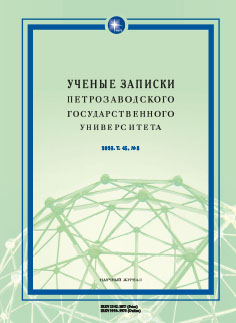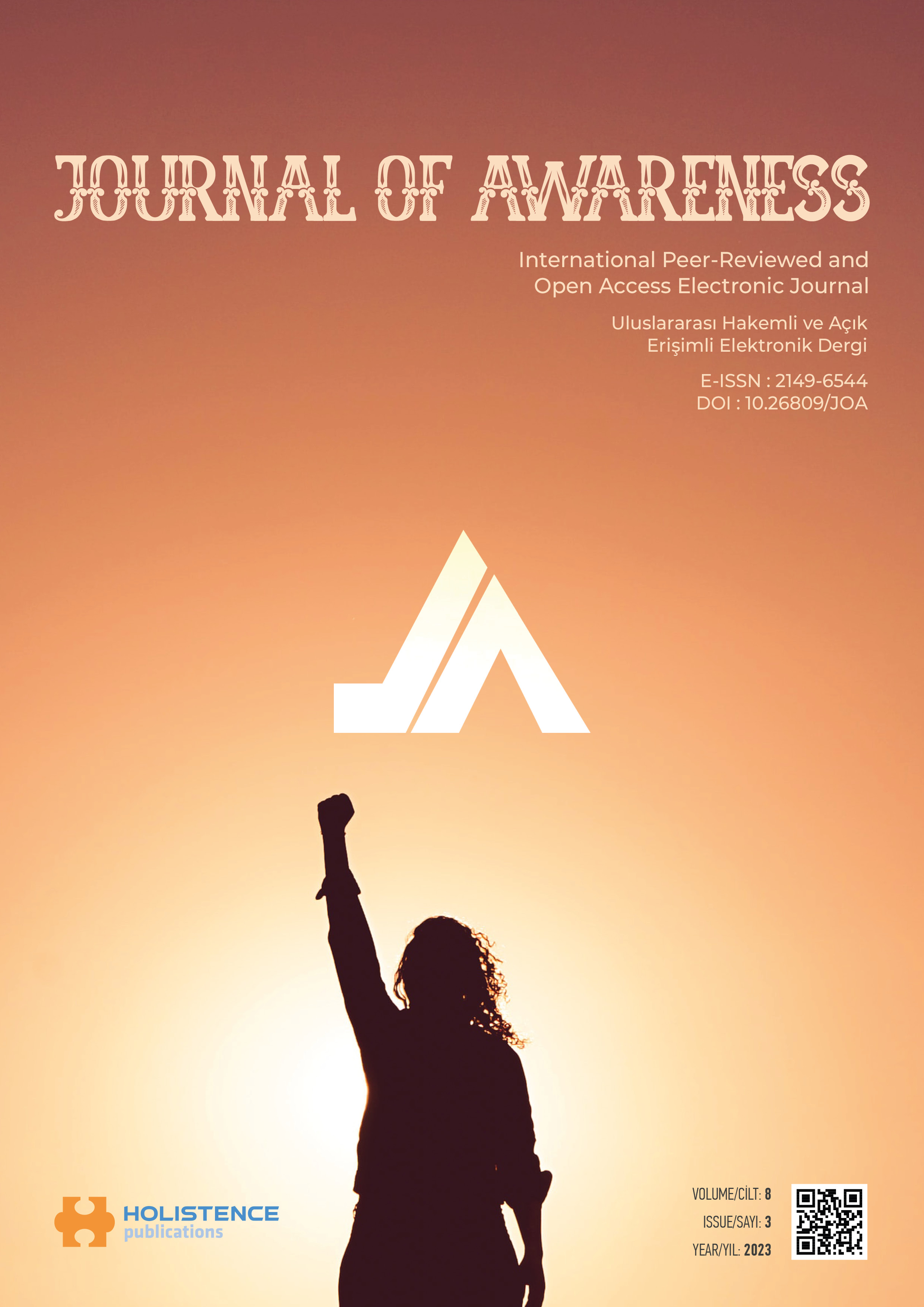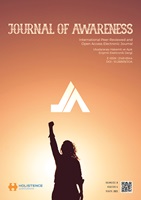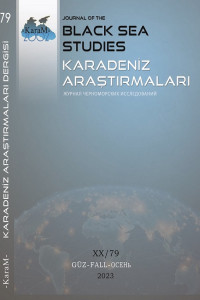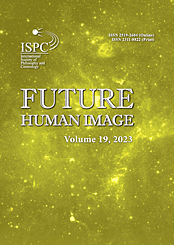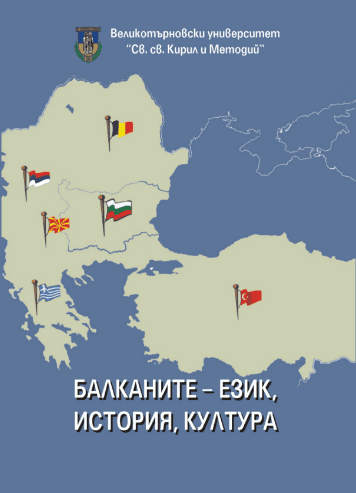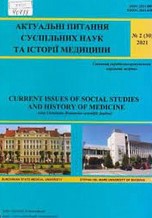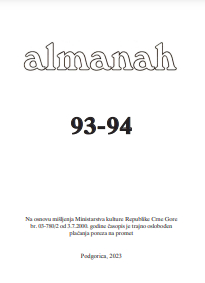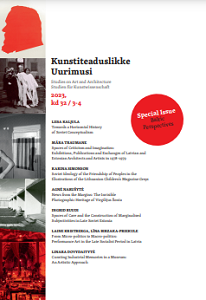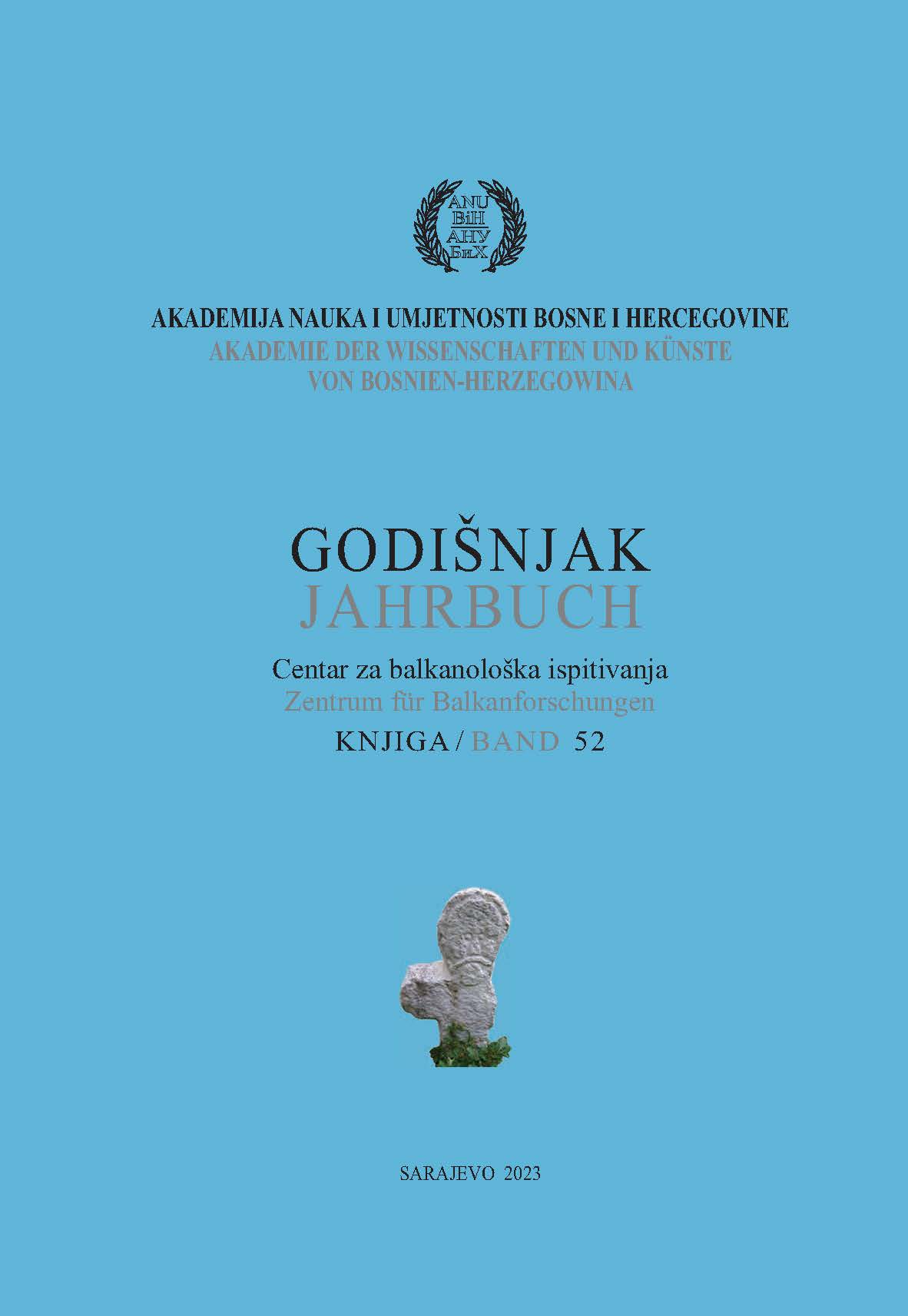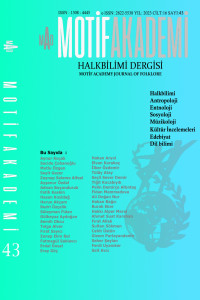
TÜRK TAKVİM MİTİ EKSENİNDE EVRENSELCİ DİKOTOMİNİN İZLERİ: ERGENEKON DESTANI ÖRNEĞİ
The Ergenekon Epic is an important narrative in which the Turks melted the iron mountain and initiated rebirth. The significance of this epic arises from the fact that it is a narrative that determines both cosmogony and the calendar and time. This narrative, which reveals the beginning of spring with symbolic elements, is also accepted as the origin narrative of the Nevruz celebration, which holds an important place in Turkish culture. It is also possible to see traces of the Turks' understanding of universalist dichotomy in this narrative. The Turks became a society that developed their own dual collective philosophies and their own understanding of "wisdom" and their way of perceiving the world was also reflected in the narratives. According to the Turks' understanding, the universe was formed by the union of Earth and Sky. This merger is also the foundation of other beings. Although Earth and Sky are opposites, they originate from the same essence. One does not have superiority over the other; they complement each other, and the harmony they create together brings forth the birth of the universe. This understanding constitutes the “universalist dichotomy”. In this study, the concepts of time and calendar are briefly discussed, and the Turks' way of perceiving time and the calendars they create are mentioned. Then, the spring festivals, which have been considered sacred and celebrated throughout world history as a calendrical practice, are discussed. In the continuation of the article, the concept of the universalist dichotomy is emphasized. Afterwards, brief information about the Ergenekon Epic, which forms the main part of the article, is provided, and its summary is presented. In the last part, the symbols in the Ergenekon Epic belonging to the Göktürks are analyzed, and the analysis is completed by considering the epic in the context of the universalist dichotomy.
More...
